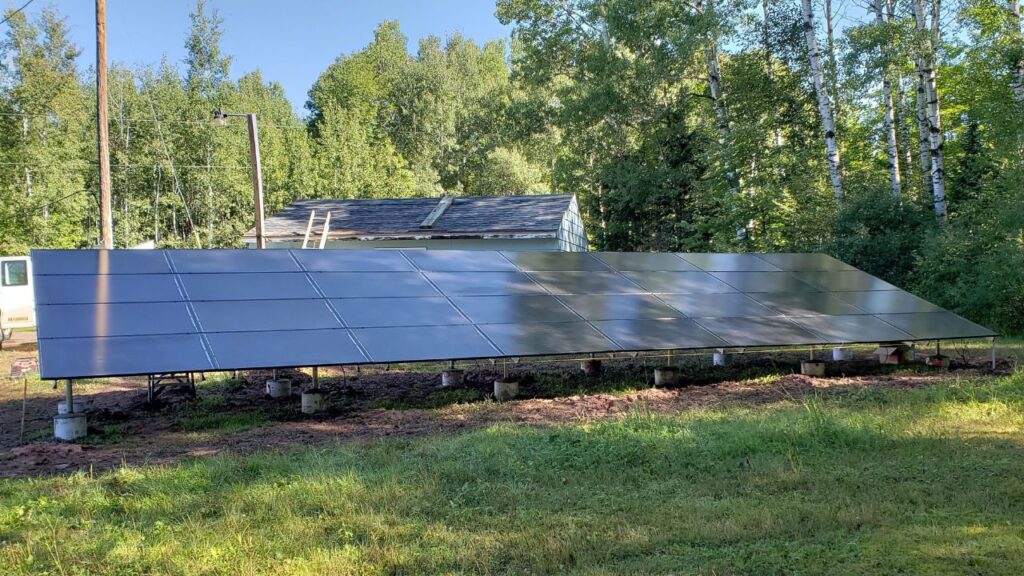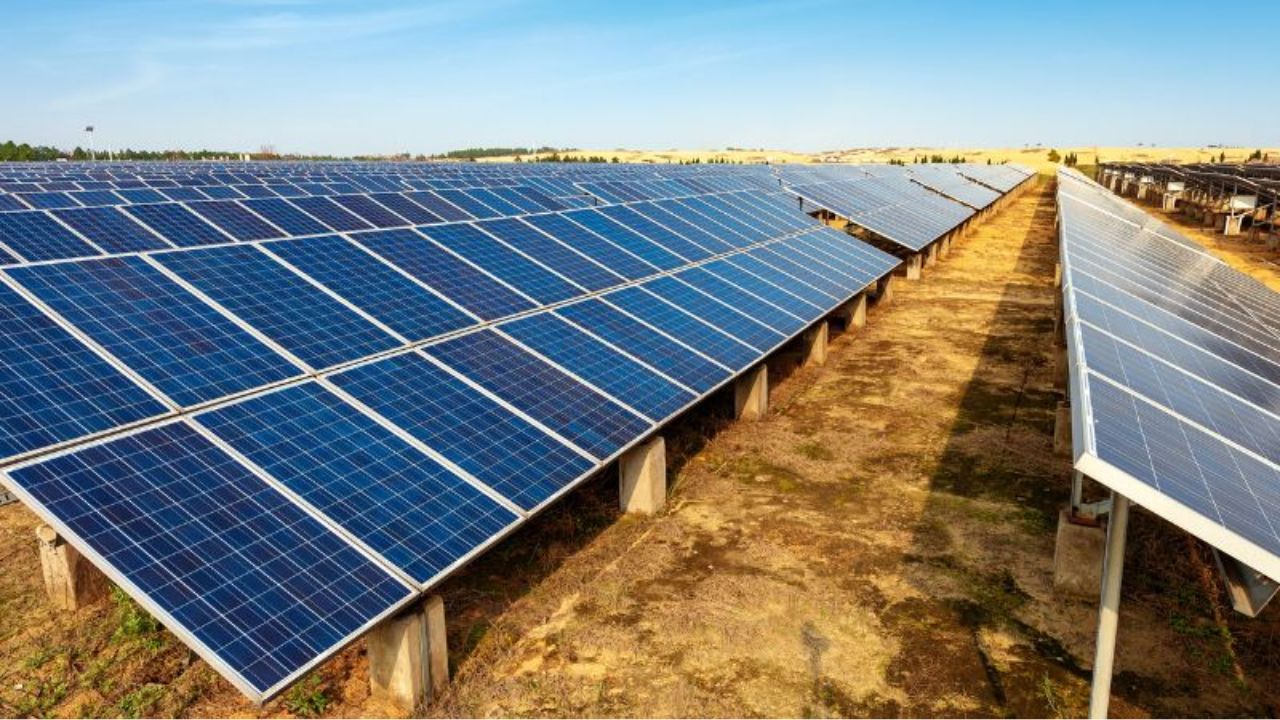
In today’s rapidly evolving business landscape, the adoption of solar panels for commercial purposes is gaining momentum. The economic advantages, sustainability benefits, and positive impact on the environment make solar energy an attractive option for businesses looking to reduce operational costs. In this blog post, we’ll delve into the step-by-step process of installing solar panels for business, drawing insights from a transformative experience with a clothing factory owner.

1. Determining Solar Panel Capacity: To initiate the solar panel installation process, it’s crucial to assess the business’s energy needs. Analyze one year’s worth of electricity bills, consider the available rooftop space, and factor in the sanctioned load to determine the required capacity of solar panels. Consult with reputable solar companies to obtain accurate quotations based on your specific requirements.
2. Financing Solar Installation: Recognizing the substantial initial investment, many financial institutions offer attractive solar finance options. Monthly EMIs can make the transition to solar power more manageable for businesses. Utilize tools like the Renewable Connect Loan calculator to calculate and plan your monthly payments.
3. Documentation and Approvals: Navigating the bureaucratic requirements involves obtaining approval from the local electricity board. Understanding the different solar systems—grid-connected, standalone, and hybrid—is essential. Documentation, including net-metering and solar loan applications, is a critical aspect that can be managed either independently or through collaboration with a solar company.
4. Anticipated Savings: While the primary motivation for solar panel installation is often reducing electricity bills, it’s essential to set realistic expectations. Factors such as solar panel capacity, location, sun radiation, weather conditions, product quality, grid availability, and maintenance influence the amount saved. On average, businesses can anticipate saving Rs. 28 to 40 per day and Rs. 8,400 to 12,000 per year per kilowatt of installed capacity.
5. Appliances Powered by Solar: Understanding the capabilities of a grid-connected solar system is crucial. Businesses can run all their appliances seamlessly, ensuring uninterrupted operations during power outages. Synchronization devices, like the Generator Synchronization, further enhance efficiency by reducing diesel consumption during backup power usage.
6. Optimal Installation Areas: Selecting an appropriate area for solar panel installation is a pivotal decision. Despite challenges such as shadow-prone spaces or aging factory roof sheets, careful analysis reveals that solar panels maintain consistent performance over their 25-year lifespan, even in shadowed areas.
7. Choosing the Right Solar Company: India’s solar landscape is flourishing, with numerous companies vying for attention. Renewable Connect stands out as a top 10 solar panel manufacturer in India, boasting 3,500 resellers nationwide. Their experienced engineers conduct on-site assessments, providing tailored information to guide businesses through the solar installation process.
Conclusion: As businesses across various sectors embrace the benefits of solar energy, the installation of solar panels emerges as a strategic investment. Whether you’re managing an office, school, hotel, manufacturing plant, petrol pump, or restaurant, consulting with a reputable solar company is the key to unlocking the full potential of solar power. Renewable Connect is ready to assist businesses in harnessing the sun’s energy for a sustainable and cost-effective future.









1 comment on “A Comprehensive Guide to Installing Solar Panels for Commercial Success”